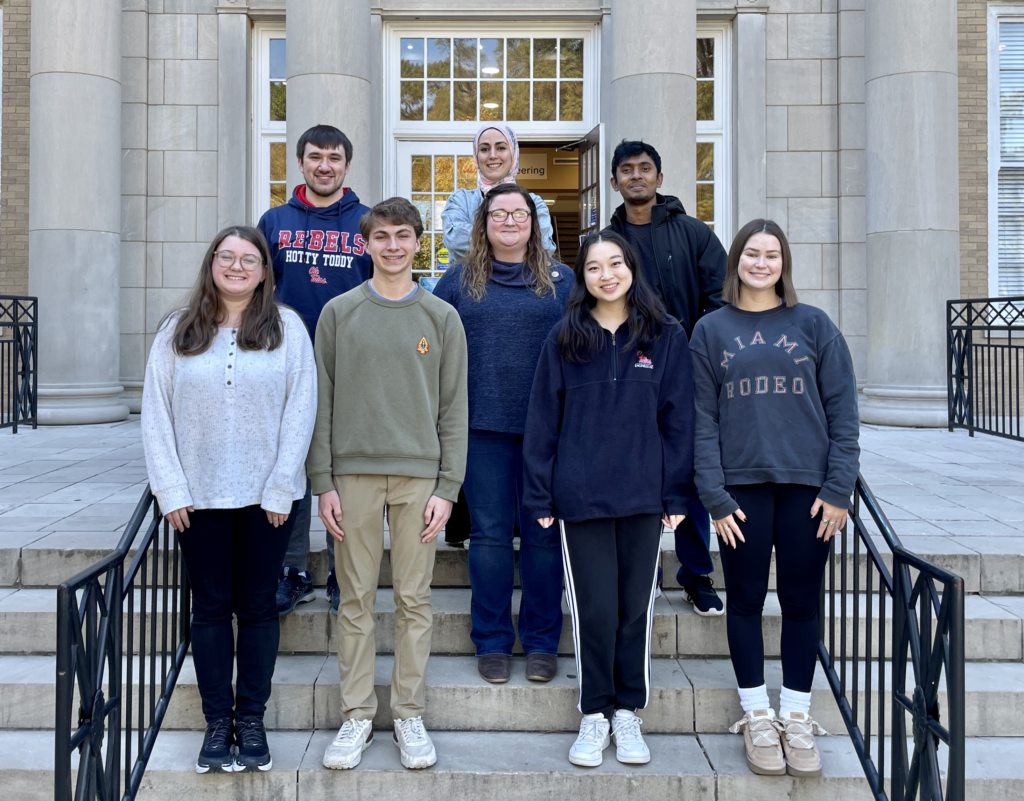Molecular Biophysics sits at the crossroads of biology, chemistry, physics, and engineering—and is rapidly transforming how we understand life. Our lab focuses on the cytoskeletal machinery of the cell, aiming to uncover how molecular components work together to drive essential cellular processes.
We study how motor proteins, crosslinkers, and cytoskeletal filaments coordinate to perform complex tasks like cell division, movement, and muscle contraction. By combining cutting-edge biophysical tools—including optical trapping, fluorescence microscopy, and QCM-D—we explore how these molecular interactions scale up to support the functions of living systems. This foundational knowledge helps reveal the fundamental design principles that govern living systems, offering insight into the rules of life from the molecular to cellular scale.
Our research spans three interconnected areas:
Motor Protein Biophysics
We use high-resolution optical trapping and fluorescence microscopy to study motor proteins at the single-molecule level. These tools allow us to precisely measure nanoscale movement and piconewton-scale forces, revealing how motor proteins generate motion and exert force within cells.
Synergy of Engineered Cytoskeletal Assemblies
Most traditional assays isolate a single motor protein and filament, but real cellular environments are far more complex. Inside cells, filaments organize into higher-order structures—from bundles to dynamic spindles—that work in concert. By reconstituting multi-component systems in vitro, we can better mimic these physiological conditions and uncover how collective interactions among cytoskeletal elements drive large-scale cellular processes.
Physical Properties of Cytoskeletal Building Blocks
The function of cytoskeletal proteins is often encoded in specific amino acid sequences and domains. Even subtle changes can dramatically affect molecular interactions. Using spectroscopic and biochemical approaches, we investigate the fundamental biophysical chemistry behind motor-filament interactions to uncover the principles that govern their behavior.







